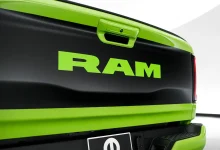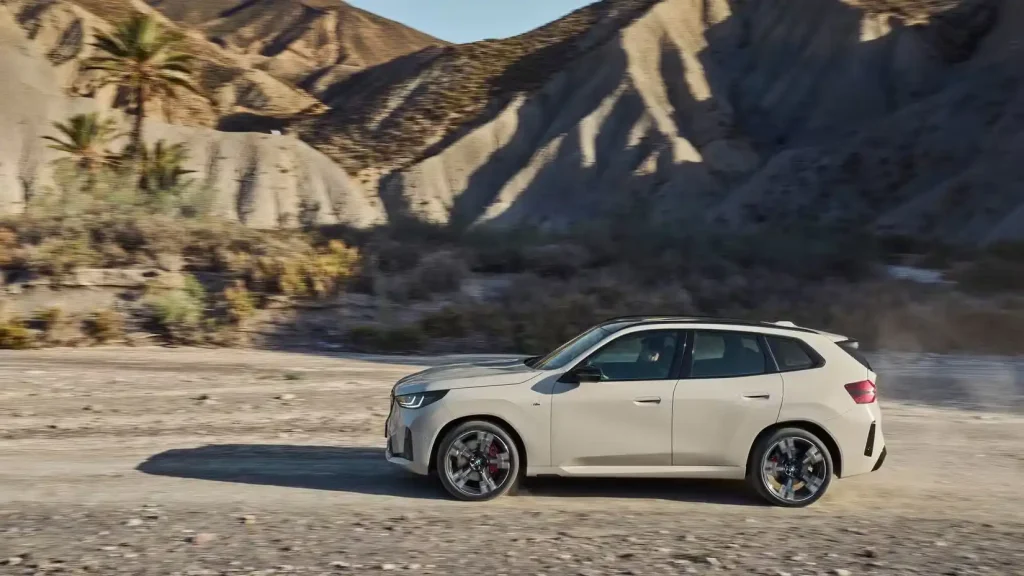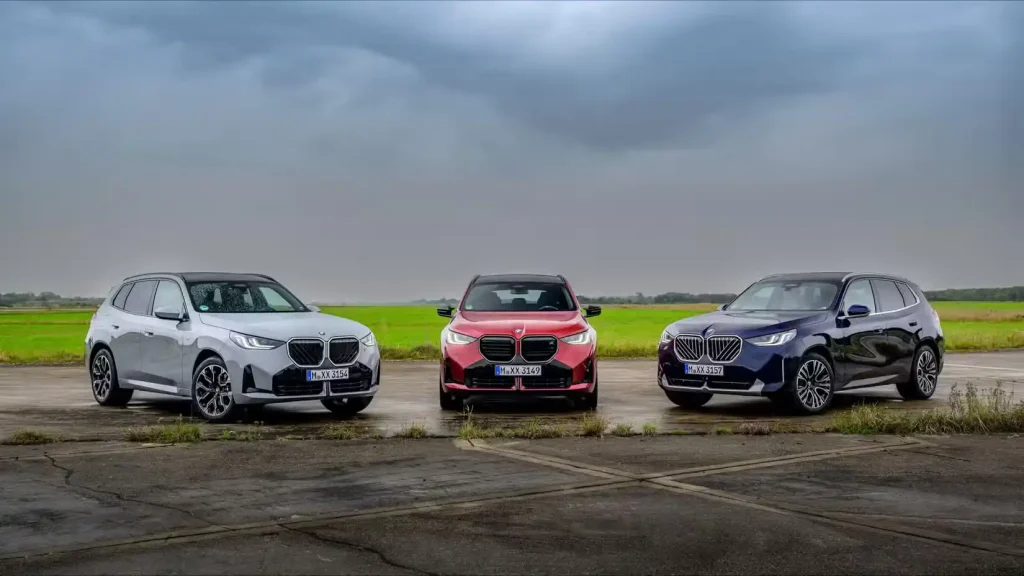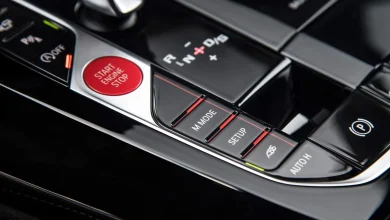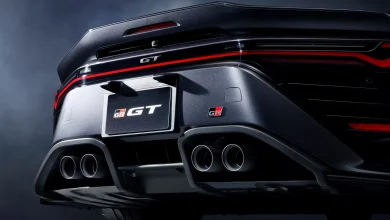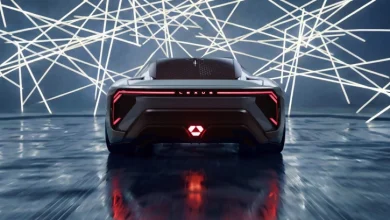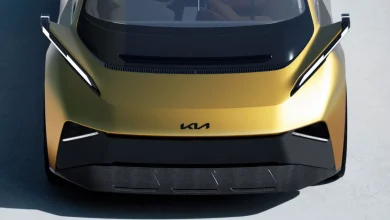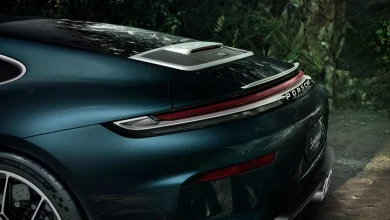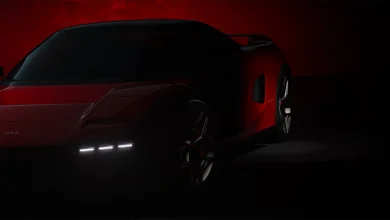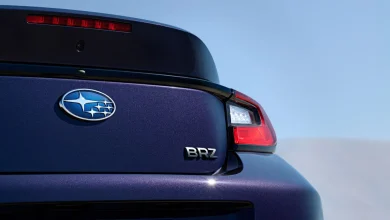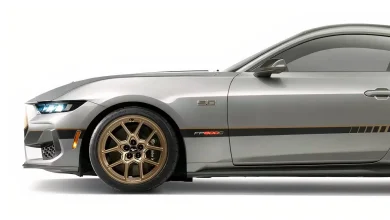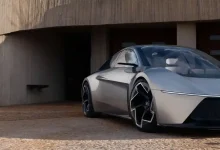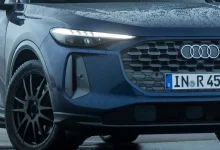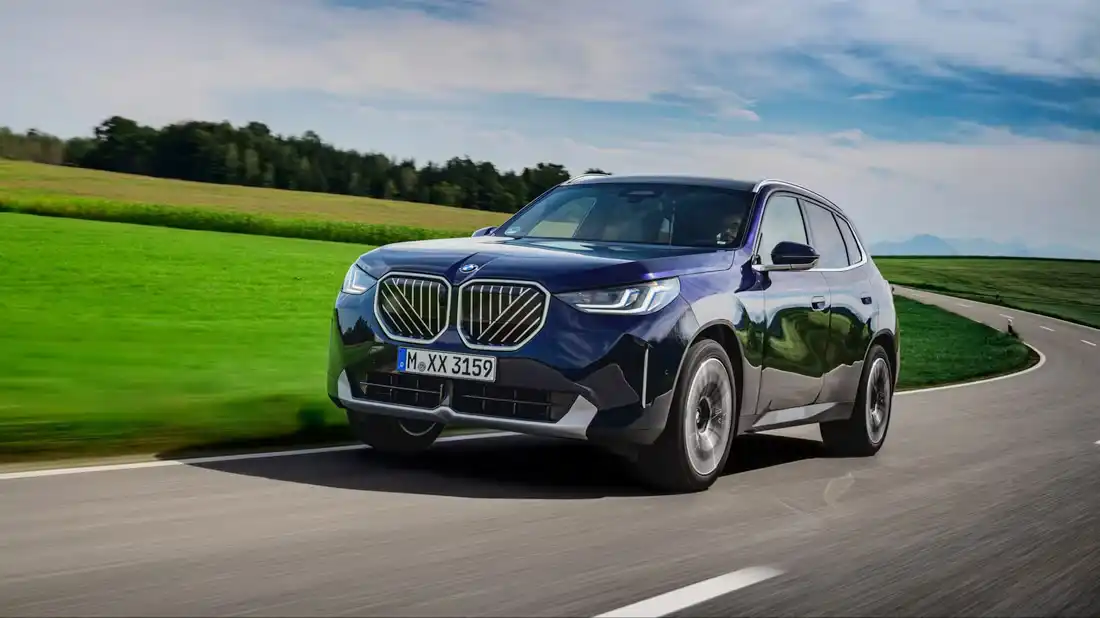
BMW has always enjoyed offering multiple variations of the BMW X3, but rear-wheel-drive models seemed to have vanished with the previous generation. When the G01 X3 wrapped up production in 2024, the sDrive variant was nowhere to be found. With the arrival of the new G45 generation, BMW further streamlined its lineup and appeared to retire sDrive entirely. In the U.S., the base X3 used to be the sDrive 30i, yet the current configurator offers no rear-wheel-drive option.
BMW’s Model Naming Conventions Remain Confusing
As usual, BMW’s naming system is more complicated than it needs to be. The key takeaway: Mexico will get a two-wheel-drive BMW X3 alongside the X3 30 xDrive. In BMW terminology, sDrive indicates a two-wheel-drive setup—whether powering the front or rear wheels—while xDrive denotes all-wheel-drive, typically at a higher price point. For now, this means Mexico is set to receive a more affordable entry-level model.
This development is especially surprising given that BMW told BMW Blog in June 2024 that “the sDrive variants are indeed dead for good” for the BMW X3. With prices continuing to climb in the U.S., the appeal of more affordable vehicles keeps growing. Could a new X3 sDrive eventually make its way north of the border? For now, there’s no official word for the U.S. market.
It Would Be Easy to Blame Tariffs—But…
The most obvious explanation for the sDrive X3 being limited to Mexico might seem to be tariffs, which can be unpredictable and complex. However, the BMW X3 is produced in two locations: Plant Rosslyn in South Africa and Plant Spartanburg in the U.S. With such a significant production footprint in the U.S., and the fact that many BMWs are exported from here, it’s hard to imagine the company shipping South African-built X3s to Mexico when the country is right next door and easily accessible by land. If the X3 is already being built in the U.S., why not offer a more affordable option than the $50,900 X3 30 xDrive?
BMW clearly pays close attention to customer preferences. The likely explanation is that U.S. buyers simply aren’t interested in an BMW X3 without all-wheel drive. In Mexico, where snow is rarely a concern, all-wheel traction isn’t as critical—especially for a model with modest power. The X3 20 sDrive comes with a turbocharged 2.0-liter four-cylinder engine producing 190 horsepower, which isn’t exactly a powerhouse. However, without the extra weight of an AWD system, it is lighter, and some buyers may appreciate a more agile, easy-to-handle people carrier.
A Price-Conscious Vehicle Few Would Choose
BMW long championed rear-wheel drive as a core part of its “ultimate driving machine” philosophy. Later, it embraced all-wheel drive, which still aligns with that ethos. But as the brand sought to attract buyers at lower price points, it began offering some front-wheel-drive models—often viewed as the opposite of the ultimate driving experience.
By offering a relatively affordable BMW X3 that drives just the rear wheels, BMW could capture a hint of its “ultimate driving machine” spirit in a family-friendly package that might appeal to budget-conscious buyers. That said, it’s likely that, at least in the U.S., the number of interested customers would be very small.

